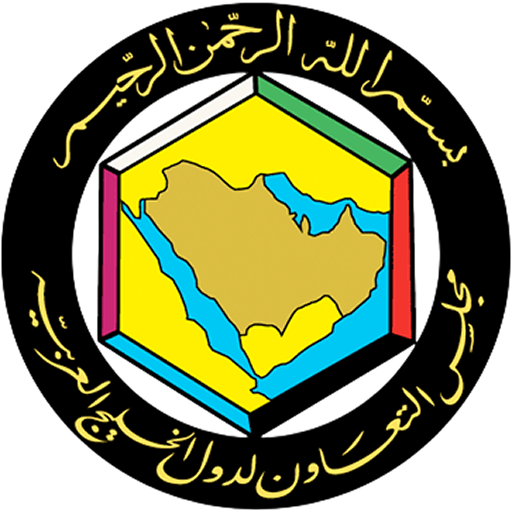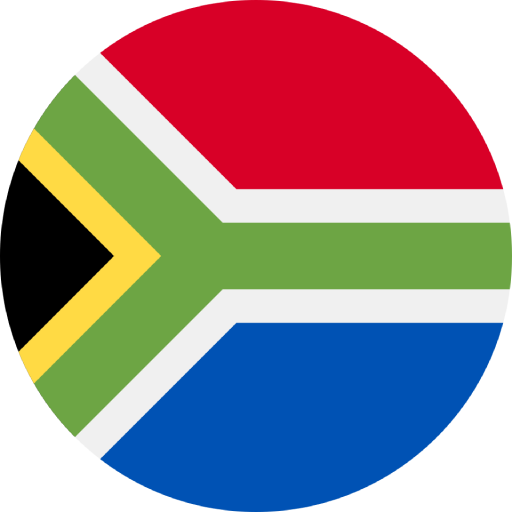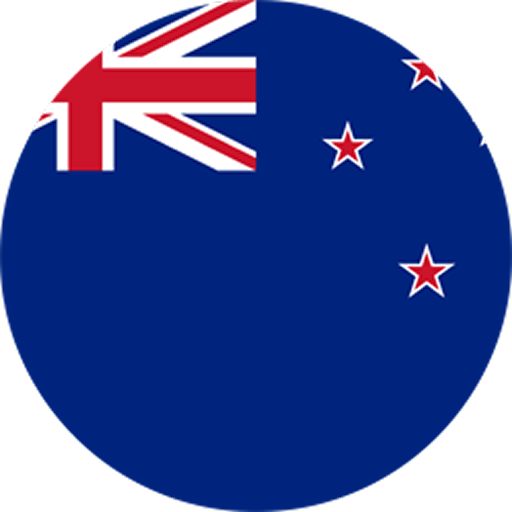The India Anti-Aging Products Market is undergoing a profound transformation, driven by a dynamic interplay of evolving consumer behavior, lifestyle changes, rising disposable incomes, and a growing emphasis on long-term skin health. According to TechSci Research, the market, valued at USD 2.03 Billion in 2025, is expected to surge to USD 3.76 Billion by 2031, expanding at a robust CAGR of 10.86%. This rapid growth reflects not only increasing consumer awareness but also India’s broader cultural shift toward self-care, holistic wellness, and personal grooming.
Today, anti-aging products are no longer perceived as luxury items reserved for mature consumers. Instead, they have become integral components of skincare routines across different age groups—particularly millennials and Gen Z—who prioritize preventive care and scientific formulations to maintain youthful skin and prevent early signs of aging. This shift marks a remarkable departure from earlier shopping patterns, where anti-aging skincare was seen primarily as a reactive solution.
As digital platforms, beauty influencers, and dermatologists become trusted sources of information, consumers are now more empowered, informed, and selective. They seek transparency, ingredient clarity, and proven efficacy, leading to an unprecedented demand for well-researched, high-performance anti-aging ingredients such as retinol, peptides, ceramides, antioxidants, AHAs, and hyaluronic acid. Alongside, the prominence of natural, herbal, and clean beauty solutions continues to grow, driven by a desire for safety, purity, and holistic benefits.
This comprehensive report delves deep into the structural shift of the Indian anti-aging landscape, analyzing market dynamics, emerging trends, evolving consumer expectations, and growth opportunities that will shape the sector through 2031.
Industry Key Highlights
-
Market Size (2025): USD 2.03 Billion
-
Projected Market Size (2031): USD 3.76 Billion
-
CAGR (2025–2031): 10.86%
-
Key Growth Drivers: Digital influence, rising disposable incomes, shift toward preventive skincare, preference for natural and clean beauty, advancements in scientific formulations
-
Fastest-Growing Region: South India
-
Fastest-Growing Distribution Channel: Online retail
-
High-demand Product Categories: Serums, retinol-based creams, anti-aging masks, hydrating formulations, brightening solutions, sun-care infused anti-aging products
-
Consumer Demographics: Millennials, Gen Z, urban working professionals, and women aged 25–45
Download Free Sample Report – https://www.techsciresearch.com/sample-report.aspx?cid=30674
The Evolving Landscape of Anti-Aging in India
The Indian consumer is experiencing a paradigm shift in how beauty, aging, and personal grooming are perceived. Anti-aging has moved beyond wrinkle reduction and fine-line repair to encompass holistic skin health, prevention, and long-term wellness. The modern demographic is significantly influenced by global beauty practices, K-beauty routines, dermatological science, and personalized skincare strategies.
The modern Indian consumer’s skincare regimen is increasingly inspired by:
-
Multi-step routines
-
Ingredient-based shopping
-
Dermatology-approved solutions
-
Wellness-oriented lifestyles
-
Preventive aging
-
Anti-pollution and sun-care needs
The anti-aging category has thus expanded from simple creams to an extensive portfolio including:
-
Serums
-
Essence-infused moisturizers
-
Anti-aging sheet masks
-
Under-eye treatments
-
Nourishing oils
-
Sunscreens with anti-aging ingredients
-
Firming and lifting formulations
-
Collagen supplements
This expansion highlights a market that is not only growing in volume but also in sophistication.
Key Drivers of the India Anti-Aging Products Market
1. Rising Skincare Awareness and Education
Indian consumers today are increasingly engaged with skincare education and ingredient science. Social media, dermatologists on YouTube, and beauty influencers emphasize the long-term benefits of anti-aging routines, encouraging consumers to adopt early preventive care. Access to global beauty trends, expert opinions, and transparent ingredient lists has fueled this awareness.
2. Increased Disposable Income and Premiumization
The willingness to invest in high-performance and premium skincare has risen significantly. Urban consumers view skincare as an investment in confidence, well-being, and long-term health, resulting in higher spending on serums, advanced formulations, and specialized treatments.
3. Digital Influence and E-Commerce Boom
The online ecosystem—spanning e-commerce platforms, brand websites, and social media—has become the fastest-growing avenue in the anti-aging market. Consumers gain access to:
-
Product reviews
-
Ingredient analyses
-
Influencer recommendations
-
Before-and-after results
-
Virtual try-on tools
This digital engagement accelerates product discovery and repeat purchases.
4. Shift Toward Preventive Skincare
Earlier, anti-aging products were targeted primarily at people above 35. Today, consumers aged 20–30 are adopting anti-aging routines to prevent long-term damage. Sunscreens, vitamin C serums, peptide formulations, and hyaluronic acid products are increasingly used for early intervention.
5. Preference for Natural and Botanical Ingredients
The growing demand for natural anti-aging products is fueled by the perception that botanical extracts are safer, long-lasting, and suitable for sensitive skin. Indian consumers gravitate toward:
-
Turmeric
-
Amla
-
Aloe vera
-
Licorice
-
Ashwagandha
-
Green tea
-
Saffron
-
Bakuchiol (natural alternative to retinol)
This movement aligns with the global push toward clean beauty and sustainability.
6. Technological Innovations in Formulations
Advanced scientific ingredients—including peptides, retinol, niacinamide, CoQ10, ceramides, and hyaluronic acid—have significantly elevated product performance. Multifunctional skincare products that combine anti-aging, hydrating, brightening, and sun protection benefits cater to busy lifestyles and efficiency-driven consumers.
7. Urbanization and Stress-Induced Skin Aging
Rapid urbanization, exposure to pollution, long screen hours, and stress contribute to premature aging. Products addressing:
-
Photoaging
-
Hyperpigmentation
-
Blue light damage
-
Pollution protection
-
Oxidative stress
are gaining high demand.
Emerging Trends Transforming the Anti-Aging Market
1. Rise of Science-Backed Skincare
Consumers increasingly favor formulations validated by research, clinical trials, and dermatological endorsement.
2. Clean Beauty and Conscious Consumerism
Eco-friendly packaging, cruelty-free formulations, and transparent ingredient sourcing are reshaping brand strategies.
3. Personalization and AI-Driven Skincare Tools
Virtual skin analysis tools, personalized recommendations, and customized formulations are gaining momentum.
4. Growth of Men’s Anti-Aging Skincare
Men are now more engaged in grooming and skincare, fueling demand for men-targeted anti-aging products.
5. Hybrid Beauty Products
Products offering multi-functional benefits—hydration, protection, brightening, toning, and lifting—are trending.
6. Increasing Influence of K-Beauty and J-Beauty
Lightweight, multi-layered skincare routines inspired by Korean and Japanese beauty norms are being widely adopted.
7. Expansion of Oral Anti-Aging Supplements
Collagen powders, biotin tablets, antioxidant capsules, and vitamin-based anti-aging supplements are gaining traction.
8. Focus on Under-Eye and Targeted Treatments
Eye circles, puffiness, and crow’s feet are key concerns addressed by advanced formulations.
9. Growth of Dermatology Clinics and Medi-Skincare
Dermatologists and medi-spas increasingly recommend clinically formulated anti-aging products.
Market Segmentation Overview
By Product Type
-
Skin Care
-
Hair Care
-
Others
By Nature
-
Organic
-
Regular
By Distribution Channel
-
Supermarkets/Hypermarkets
-
Convenience Stores
-
Specialty Stores
-
Online
-
Others
By Region
-
North India
-
South India
-
East India
-
West India
Online Distribution: The Fastest-Growing Channel
The online segment is accelerating rapidly due to:
-
Convenience and doorstep delivery
-
Extensive product variety
-
Transparent reviews and ratings
-
Influencer-driven awareness
-
Personalized recommendations
-
Access to premium and global brands
-
Attractive pricing and subscription models
The digital ecosystem allows brands to communicate directly with consumers, making it a critical growth channel.
South India: The Fastest-Growing Regional Market
South India leads market growth due to:
-
High urbanization
-
Strong dermatology awareness
-
Higher per-capita expenditure on beauty
-
Penetration of premium brands
-
Influence of digital marketing
-
Rising interest in self-care and wellness
Cities such as Bengaluru, Hyderabad, and Chennai demonstrate a strong appetite for advanced anti-aging products, making the region a key growth engine.
Competitive Analysis
The India Anti-Aging Products Market is highly competitive, with strong participation from global giants, domestic leaders, and emerging brands. Key focus areas include innovation, ingredient research, sustainability, pricing strategies, and customer engagement.
Major Companies
-
Age Sciences, Inc. (PMD Beauty)
-
Procter & Gamble Company
-
Oriflame Cosmetics AG
-
Revlon Inc.
-
Avon Beauty Products India Private Limited
-
Helios Lifestyle Private Limited
-
L’Oreal S.A.
-
Shiseido Company, Limited
-
Beiersdorf AG
-
Unilever plc
Competitive Strategies Observed
-
Investment in R&D for advanced formulations
-
Expansion into premium and organic segments
-
Digital-first marketing campaigns
-
Influencer collaborations
-
Celebrity endorsements
-
Region-specific product launches
-
Introduction of clean and sustainable beauty lines
Brands are increasingly focusing on transparency and science-backed claims to build consumer trust.
10 Benefits of the Research Report
-
Provides accurate market size estimates from 2025 to 2031.
-
Offers comprehensive analysis of market drivers, challenges, and opportunities.
-
Identifies emerging trends influencing the future of anti-aging solutions.
-
Helps businesses understand consumer behavior and preferences.
-
Offers competitive intelligence on leading brands and market strategies.
-
Guides investors and stakeholders in strategic decision-making.
-
Presents detailed segmentation insights for targeted market entry.
-
Highlights regional growth patterns and high-potential markets.
-
Assesses technological innovations shaping formulation trends.
-
Supports businesses with data-backed intelligence for market expansion and product development.
Future Outlook
The future of India’s anti-aging products market is poised for significant innovation, expansion, and maturity. As consumers become more aware, experimental, and wellness-oriented, demand will shift toward:
-
Evidence-based formulations
-
Natural and herbal anti-aging products
-
Clean beauty brands
-
High-performance serums and targeted treatments
-
Personalized skincare regimes
-
AI-powered virtual consultations
-
Preventive beauty routines among younger demographics
Online retail will continue to dominate, supported by social commerce, influencer-driven marketing, and hyper-personalization. Meanwhile, South India and metro cities will remain key growth hubs, with strong adoption of premium and efficacious solutions.
By 2031, the Indian anti-aging market will transition from a largely product-driven category to a comprehensive ecosystem integrating nutrition, wellness, dermatology, lifestyle management, and technology-backed solutions.
This upward trajectory promises immense opportunities for brands willing to innovate, educate, and evolve with consumer expectations.
Contact Us-
TechSci Research LLC
420 Lexington Avenue, Suite 300,
New York, United States- 10170
M: +13322586602
Website: www.techsciresearch.com
 :
https://in.pinterest.com/priyankatechsci/
:
https://in.pinterest.com/priyankatechsci/











